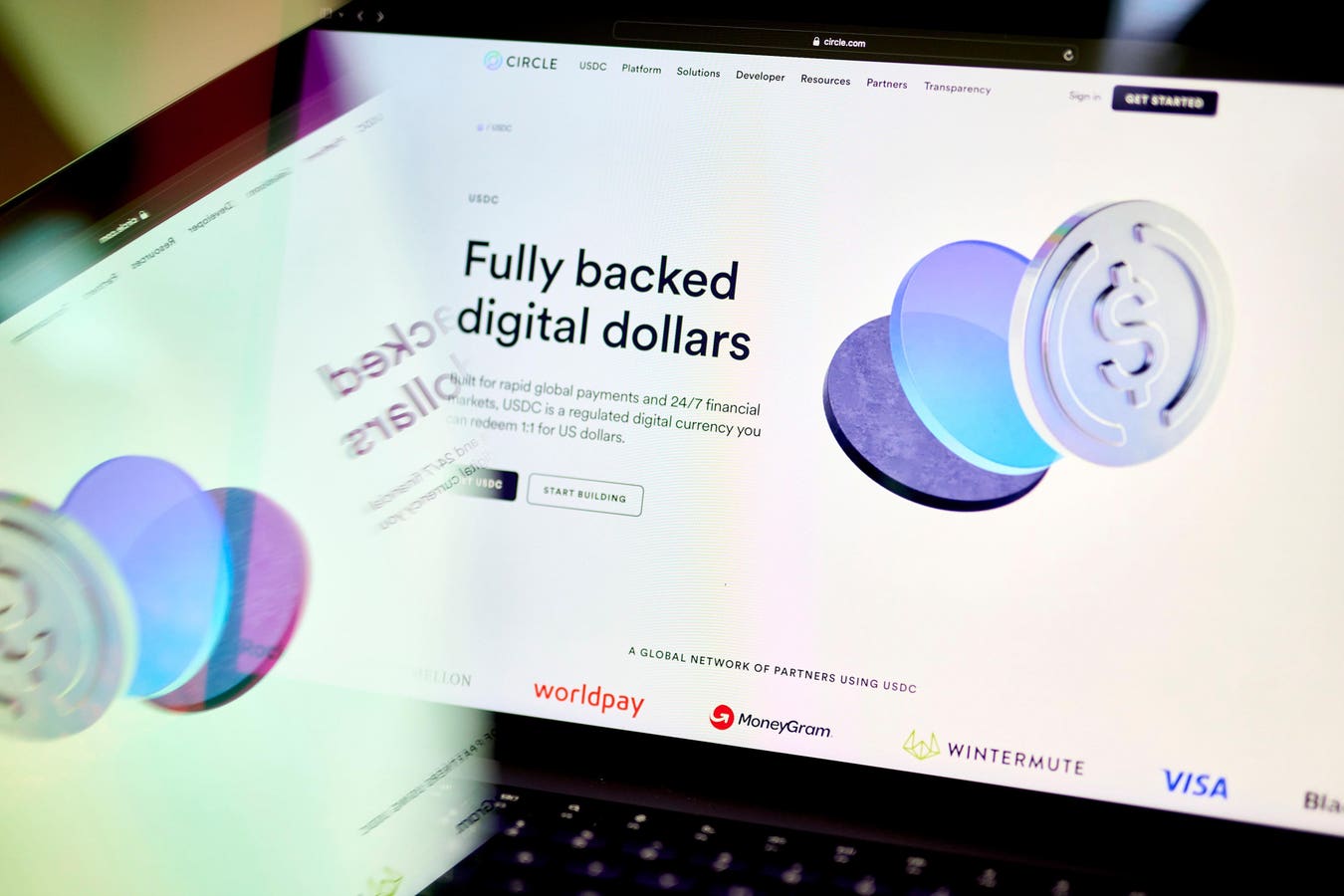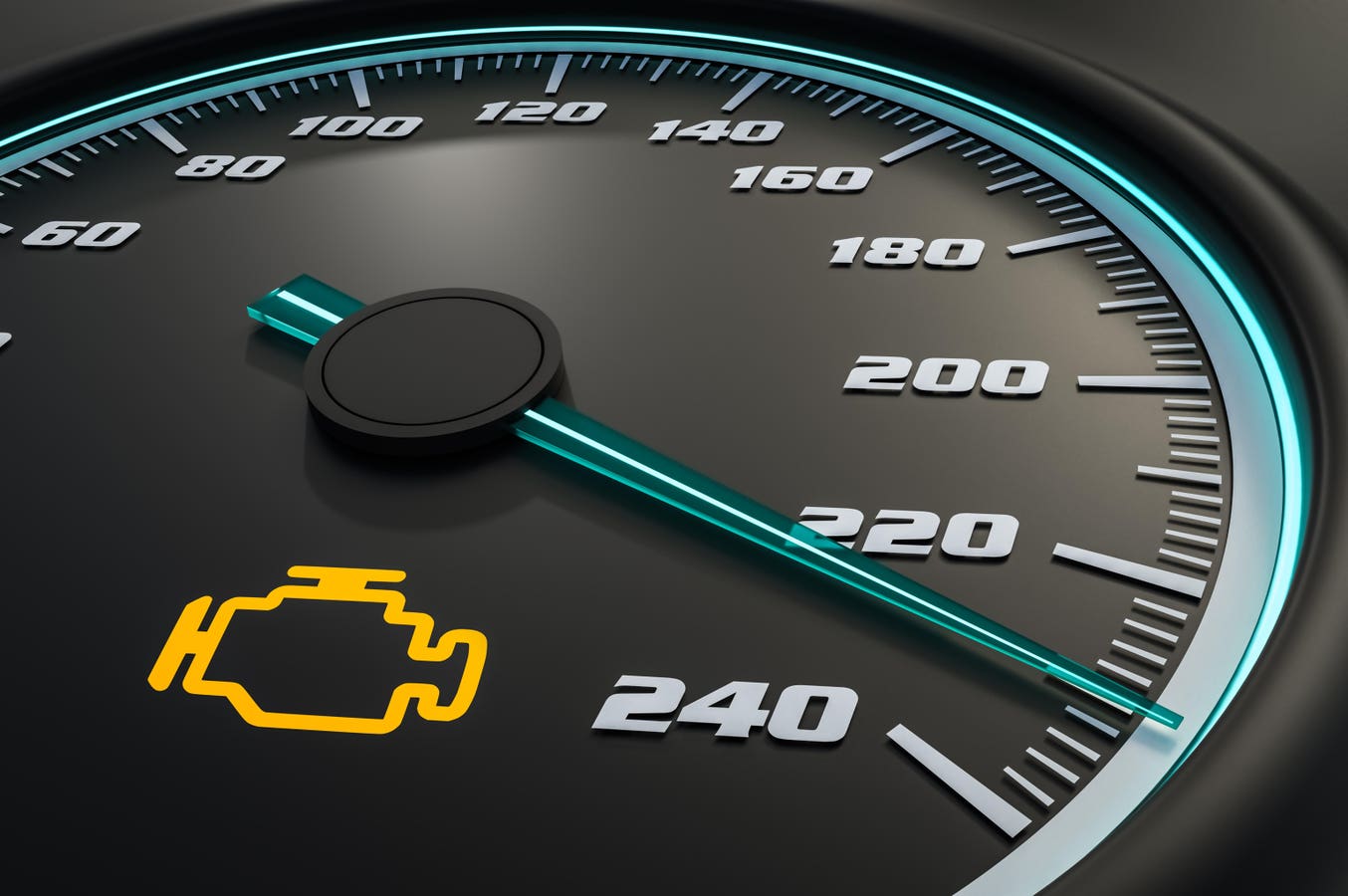Excitement for stablecoins has driven Circle’s stock price up nearly six-fold within a month of the company’s public debut.
Gabby Jones/Bloomberg
The hype around stablecoins has hit a deafening volume, but anyone expecting a crypto-fueled revolution in how Americans pay for everyday goods is going to be disappointed.
New York-based stablecoin issuer Circle, which went public last month, has a market value of $40 billion, or nearly 500% higher than what the company thought it was worth a month ago. Stablecoin-focused press releases are flooding in, with $95 billion payments giant Fiserv saying it will release its own dollar-backed token, and Stripe announcing a partnership where consumers can pay Shopify merchants with stablecoins. Amazon and Walmart have reportedly considered launching their own digital-dollar token, news that caused Visa’s stock to drop 5%. Stablecoins are even being touted by analysts as one potential solution to the United States government’s debt addiction, given that they are largely backed by Treasury Bills and drive up demand.
From all this noise, it would seem like stablecoins are on the brink of disrupting mainstream payments everywhere. Yet that’s highly unlikely. When it comes to actual payments, consumers in developed economies like the U.S. lack incentives to adopt them in big numbers, and it’s unclear those incentives will ever surface. And domestic stablecoin payments don’t seem to be materially cheaper to process than the current system of card payments.
Have a story tip? Contact Jeff Kauflin at [email protected] or on Signal at jeff.273.
The most compelling business cases for stablecoins involve cross-border payments. Matt Streisfeld, a general partner at venture firm Oak HC/FT who has invested in stablecoin companies such as Paxos and Bridge, which Stripe acquired last year for $1.1 billion, says the digital tokens will have the biggest impact in displacing correspondent banking. That’s the global system used to transport tens of trillions of dollars in money annually, where funds must stop at multiple banks before reaching their final destination.
Let’s say an Ohio company wants to pay a parts supplier in Croatia. The money might need to go from Ohio to a New York bank, then to one in London before getting to Croatia because there’s no direct payment rail from Ohio to Croatia. “Each bank is clipping a fee along the way,” says Ken Suchoski, an analyst at Autonomous Research who covers Circle. “It takes more time, and there’s no transparency.”
Stablecoins can readily improve this problem, since they settle in minutes and cost much less to process than the 4% to 6% fees that often get tacked on to international payments, according to Suchoski. Data analytics firm Artemis estimates that there’s $80 billion in non-trading-related stablecoin payments annually, most of which originate from countries outside the U.S., and about half of which are made by businesses paying other businesses.
Stablecoins are also becoming popular among consumers in emerging markets in Latin America and Africa, where demand for U.S. dollars is high. For example, in Argentina, where inflation exceeds 40%, stablecoins make up 62% of all cryptocurrency transactions, giving stablecoins a greater share of crypto payments than that of any other country, according to analytics firm Chainalysis. In addition to accepting stablecoin payments, Stripe is trying to help consumers get their hands on stablecoins. It powers a feature offered by Remote.com where companies can pay freelance contractors in stablecoins instead of their local currency.
Right now the largest stablecoin issuers, Tether (USDT) and Circle (USDT), don’t offer interest payments to stablecoin holders. This could change, and these dollar-backed tokens could become crypto-based competitors to money market funds and attract investors and speculators. Already a handful of risky stablecoin issuers are offering yields as high as 4%. In the past, speculation in these unregulated coins resulted in disaster. The collapse of the TerraUSD stablecoin in 2022 precipitated a devastating crash that wiped out tens of billions in market value.
Still, for everyday payments in developed economies like the U.S. and the U.K., “there’s little incentive for consumers to switch,” analyst Ken Suchoski says. Cards are extremely convenient and give Americans hefty rewards. Inertia is a powerful force in retail financial services, and Oak’s Streisfeld believes it would require too big of a shift in consumer behavior to pull Americans away from their current habits. Brian Dammeir, head of payments and financial management at fintech company Plaid, thinks stablecoins are “unlikely to be directly used by consumers anytime soon” for everyday payments.
Of the estimated $80 billion in non-trading stablecoin payments per year, Artemis data scientist Andrew Van Aken thinks that roughly 10% are made by consumers for everyday payments, and of that subset, less than 10% are originated by Americans.
American retailers would welcome big changes to the status quo in payments because they hate paying the 2% to 3% interchange fees to accept credit cards like Visa. But domestic stablecoin payments don’t seem to be materially cheaper to process than cards. Stripe charges just 1.5% for stablecoin payments compared with 2.9% for cards, but the 1.5% doesn’t cover important consumer-protection features like chargebacks and fraud. And it’s possible that Stripe has priced its product low initially to gain market share and that it could hike the price tag in the future.
Streisfeld thinks the cost difference between processing a card payment and a stablecoin payment in the U.S. is “net neutral.” That leaves little room for retailers to offer bigger rewards to entice consumers to use stablecoins beyond what they can already afford.
Neetika Bansal, an executive at Stripe who leads the company’s money movement and crypto business units, says international payments are the clearest use case for stablecoins so far, and it’s too early to tell how much adoption they’ll get for everyday payments in developed markets like the U.S. Says Bansal, “The trend in the U.S. is at the starting line.”








